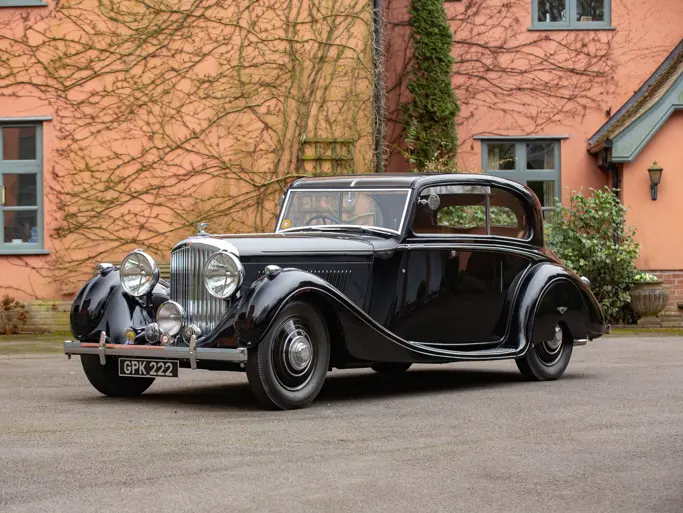Please Note: Information regarding these museum display vehicles was provided by the National Military History Center and has not been independently verified by Auctions America by RM ("AA"). As such, AA does not verify, warrant or guarantee any of this information. Prior inspection and research by the buyer is highly encouraged and recommended.
ATTENTION: Buyers are responsible for securing transportation and moving/loading of lots. Lot may be left on display indefinitely in the museum free of charge with a signed loan agreement form. Lots are sold as is, where is.
Please note this is being sold on "Bill of Sale" only.
Manufacturer: Bayerische Motoren Werke AG, Munich, Germany
Production Year: 1943
Engine: BMW HO over-head-valve, 746-cc, 26-hp, two-cylinder, air-cooled, gasoline
Transmission: Three forward, one reverse (normal ratio) three forward, one reverse (low ratio)
Brakes: Hydraulic on rear wheels, mechanical on front wheel
Length: 96-inches
Width: 69-inches
Height: 40-inches
Wheelbase: 58-inches
Weight: 941-pounds (including sidecar)
Armor: None
Armament: NONE on this example - Typically would be fitted with a 7.92-mm MG34 machine gun
Maximum speed: Approximately 57-mph
Markings: German sand paint, Motorized Reconnaissance Unit
The BMW R75 with sidecar is arguably the most recognized military motorcycle of World War II. Its flat-twin engine and shaft-drive along with telescoping front forks - that are still present on civilian BMW motorcycles to this day. These design features were first introduced on the predecessor to the R75, the R12. The R75 was introduced to address the limited 18 horsepower output of the R12 by adding a second carburetor. The R75 also introduced a driveshaft to the sidecar, a feature copied from the Belgian FN motorcycle and sidecar. A dual-range gearbox and the sidecar drive significantly improved the cross-country capability of the R75 when compared to the R12. Early models of the R75 encountered problems with mud clogging the air filter. This was rectified by moving the filter to the top of the fuel tank and adding a domed cover. The sidecar was strictly a military design that was typically deployed with an MG34 machine gun mounted in front of the passenger. A rear compartment, referred to as a "schnapps holder" by German soldiers, was intended for the storage of supplies and ammunition. Some R75s mounted mortars in place of the machine gun. A total of 16,510 BMW R75 motorcycle / sidecar combos were produced from 1940 to 1944. This example is not fitted with armament.



 | Auburn, Indiana
| Auburn, Indiana


